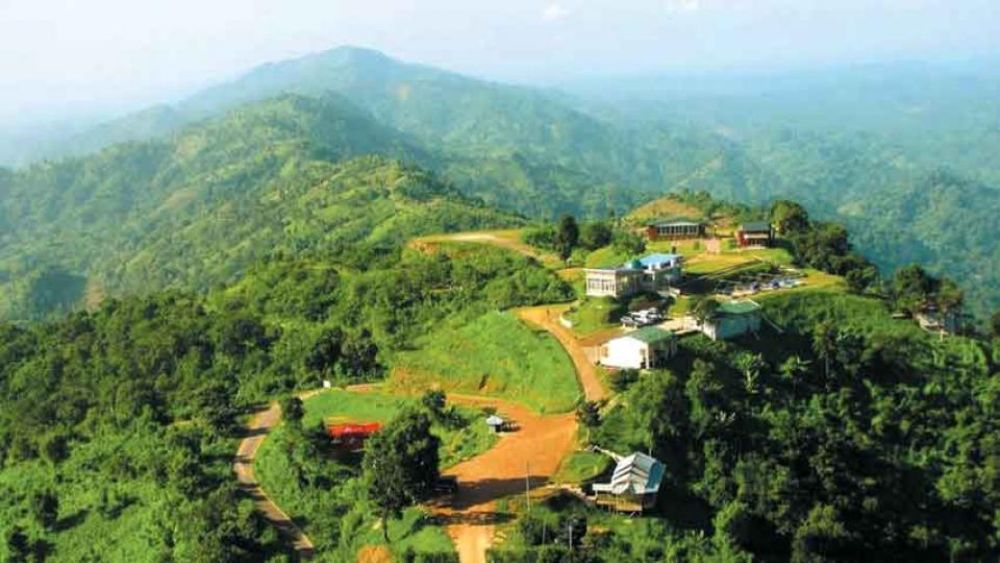For a trip to Nilgiri, it is recommended to pack warm clothing (especially during November to March), comfortable hiking shoes, a raincoat or umbrella, sunscreen, insect repellent, a hat or cap, personal medication, and of course, a camera to capture the stunning landscapes. Also, carry sufficient cash as ATMs may not be readily available in the remote areas.

